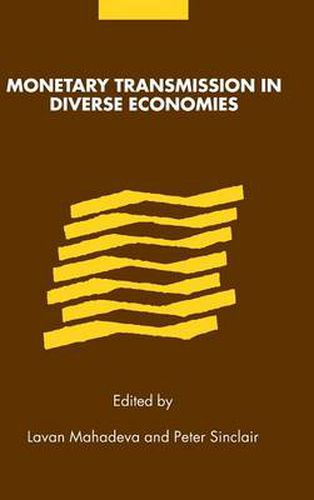Readings Newsletter
Become a Readings Member to make your shopping experience even easier.
Sign in or sign up for free!
You’re not far away from qualifying for FREE standard shipping within Australia
You’ve qualified for FREE standard shipping within Australia
The cart is loading…






The transmission mechanism of monetary policy explains how monetary policy works - which variables respond to interest rate changes, when, why, how, how much and how predictably. It is vital that central banks and their observers, worldwide, understand the transmission mechanism so that they know what monetary policy can do and what it should do to stabilise inflation and output. The volume sets out different aspects of the transmission mechanism. Some chapters scrutinise the relevance of practical issues such as asymmetries, recent structural changes and estimation errors using data on the US, Euro area and developing countries. Other chapters focus on modelling crucial aspects such as productivity, the exchange rate and the monetary sector. These issues are counterpointed by contributions, which analyse contemporary monetary policy in Japan and the UK.
$9.00 standard shipping within Australia
FREE standard shipping within Australia for orders over $100.00
Express & International shipping calculated at checkout
The transmission mechanism of monetary policy explains how monetary policy works - which variables respond to interest rate changes, when, why, how, how much and how predictably. It is vital that central banks and their observers, worldwide, understand the transmission mechanism so that they know what monetary policy can do and what it should do to stabilise inflation and output. The volume sets out different aspects of the transmission mechanism. Some chapters scrutinise the relevance of practical issues such as asymmetries, recent structural changes and estimation errors using data on the US, Euro area and developing countries. Other chapters focus on modelling crucial aspects such as productivity, the exchange rate and the monetary sector. These issues are counterpointed by contributions, which analyse contemporary monetary policy in Japan and the UK.